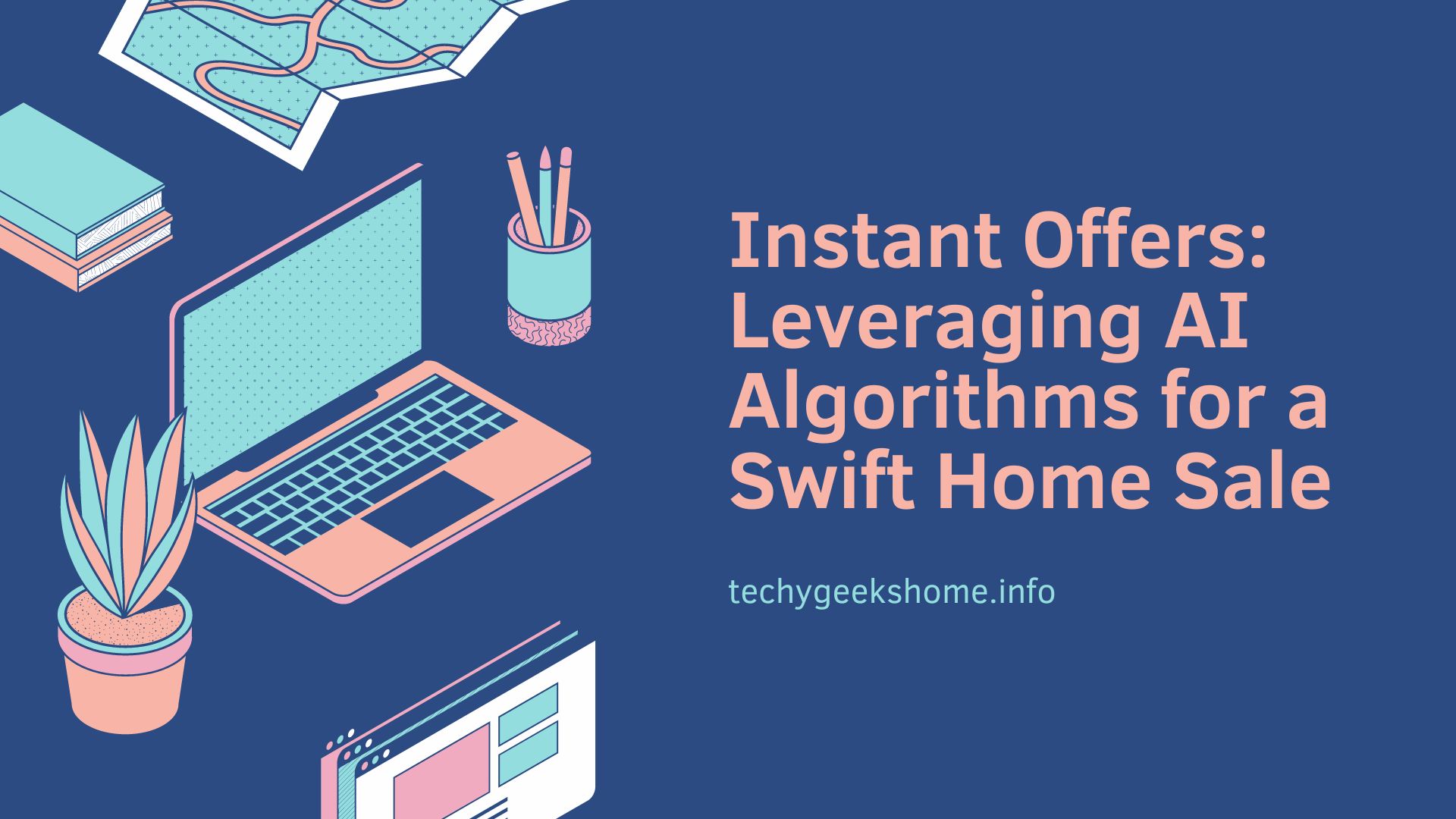Last updated on March 19th, 2023 at 04:51 pm
It’s very difficult to predict what the operating systems of tomorrow will look like and how many there will be. When one thinks about the next generation, we consider the digital revolution, the Internet of Things (IoT), big data and real-world artificial intelligence applications as being the main drivers of shaping the digital world as we now know it. However, while the biggest and best minds in technology push forward with these new initiatives, it’s important to consider for one moment of the need for convergence, allowing all of these new technologies to work together in perfect harmony.
To develop and reach the state-of-the-art, uber-connected world we crave, databases and technologies will need to interact far more than they do now. Historically, technologies have achieved automation through complex, inefficient means. Centralised databases and fragmented systems have met expectations up until now to a point, but how long can we keep putting plasters on top of wounds and hindering these systems from reaching their full potential? Even Google has been strangely creating a new operating system to compete with its own Android OS, potentially throwing software into chaos. Nevertheless, there are many ways in which convergence is beginning to happen in the tech world, which we will now discuss, before suggesting additional ways in which unified environments could be achieved in the decades to come.
Introducing Google Fuchsia: a new rival to its very own Android OS
Since 2016, Google has been beavering away in the background to create an alternative to its current popular operating system, Android. Google has had to sit and watch Microsoft successfully integrate consumers’ devices together using the new Windows 10 OS, while Apple’s iOS and MacOS were the initial trend-setters in terms of online and offline convergence. Google is hoping that Fuchsia can be its golden ticket to a unified digital user environment of its own. Google’s main frustrations with its existing Android OS is its fragmentation issues. The majority of Android users are using various outdated versions of the system, with adoption rates of the latest versions slowing rather than accelerating as hoped. Roberta Cozza, analyst at Gartner, insists that Google is “doing all these wonderful things to evolve the platform but people aren’t getting them”.
That’s why Google Fuchsia may just have a future. Although we don’t yet know a great deal about Fuchsia and its true capabilities, it is said that it is being designed to contain a feature labelled ‘Ledger’. This will be hugely beneficial for consumers with cross-platform devices, capable of synchronising all devices together under one system. In theory, one could begin writing an essay using one Fuchsia-powered device and complete the assignment at a later date on another. An initial mock-up of Fuchsia was released recently, designed to test the water in terms of user experience on desktop, smartphone and tablet devices. While it is commendable that Google is looking to synchronise its operations, it has to be noted that their competitors have already done a far better job with convergence before Google even began designing Fuchsia. Apple’s ‘Handoff’ synchronisation feature allows Mac and iPhone users to pass and save data between devices, while Microsoft’s Windows 10 OS and its mobile system also incorporate synchronisation within its app to provide cross-platform access to photos and music libraries and other important files.
HTML5 technology and its cross-platform capabilities

Consistent cross-platform user experiences are certainly becoming the norm and much of that is due to the adoption of HTML5 technology. Some may say that it is about time that HTML5 rose to prominence, given that it was part of a HTML update some 14 years ago, while others are simply pleased to see industries have the bravery to adopt it. According to a piece of research by Incore back in 2013, less than a third (30%) of Fortune 500 companies were taking advantage of HTML5 markup, but this has risen immeasurably in recent years. HTML5 is being touted as the wave of the future in the eLearning industry, with resource-lite markup placing no restrictions on the amount of multimedia that can be integrated into course materials. These eLearning deliverables built upon HTML5 can also be accessed anywhere, reaching wider mobile audiences in the process. Even in entertainment-driven industries such as the iGaming sector, HTML5 is helping to create consistent, cross-platform gaming experiences by optimising action to suit the device being used. It’s certainly encouraging for the pro-convergence tech community to see HTML5 becoming the present rather than the future. Mobile-first experiences are essential in all industries given the proliferation of smartphones and tablets worldwide. HTML5 is now the universal choice for feature-rich online experiences.
Blockchain: the only hope for a unified digital environment?
It’s difficult to see a unified digital world when so many of the world’s leading operating systems are forging ahead with convergence down their own respective paths. One way in which a single unified environment could happen in the years to come is with the adoption of blockchain technology. In the coming years, the IoT will see inanimate objects of all shapes and sizes begin to collect and report data. Everything from trash cans and toilet urinals to taxi ranks and bus stops will soon be automated and blockchain’s underlying operating system can decentralize such tasks and ensure they are carried out efficiently and with unrivalled transparency.
A universal blockchain could operate decentralised from all governments and institutions, working something akin to a large intranet, where all industries and sectors can interact with one another, without the threat of fraud or cyber-attack. Blockchain began its working life as a distributed ledger for the dealings of bitcoin, ensuring legitimacy and security for each transaction. It’s quite possible that blockchain could eventually become more powerful and influential than the leading cryptocurrency itself. Ethereum is one such cryptocurrency which is adopting an open-source attitude to its own blockchain network; allowing developers to create thousands of decentralized applications that run simultaneously on the same blockchain. There are certainly parallels that can be drawn between blockchain technology and the earliest forms of the internet. Initial adoption of the internet was somewhat slow until consumers established trust in the concept. In the decades to come, the early adopters of blockchain are likely to be proved right and others will soon follow. Adoption of blockchain technology will result in seamless, universal operating systems that are built for speed and security – two of the key benefits that the internet offered all those years ago. Broad-based adoption of blockchain will not be easy by any stretch of the imagination, but providing it can demonstrate the scalability that the IoT craves, this could be the key to a unified digital environment for all.
Discover more from TechyGeeksHome
Subscribe to get the latest posts to your email.










